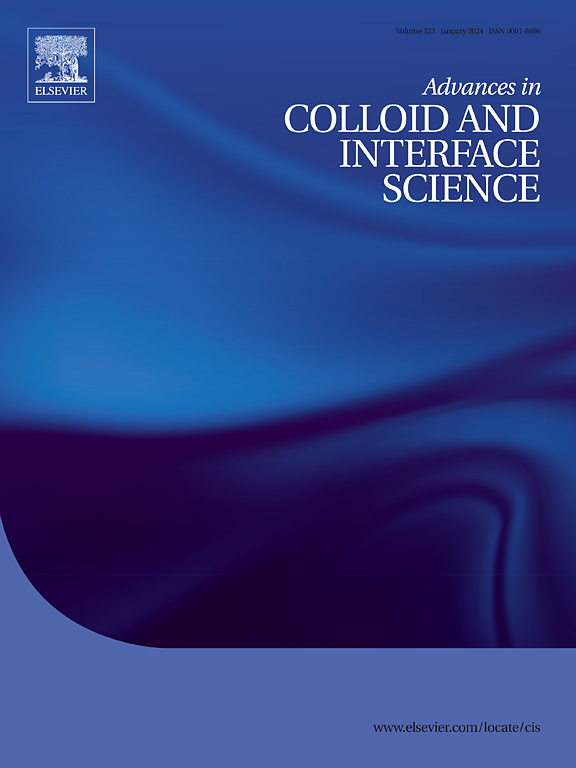Recent advances in the plant protein-polyphenol interactions for the stabilization of emulsions
IF 15.9
1区 化学
Q1 CHEMISTRY, PHYSICAL
引用次数: 0
Abstract
Proteins from plant sources including legumes, cereals and oilseeds are gaining attention due to their suitability for sustainable production, functionality, and positive consumer perception. On the other hand, polyphenols (PPs) are receiving considerable attention as natural ingredients in the human diet due to their potent antioxidant and anti-inflammatory properties. Recent studies indicate that the emulsifying properties of plant proteins (PLPs) can be improved after modification through covalent and/or non-covalent interactions with PPs due to the changes in the conformation and/or the surface chemistry of the proteins. Complexes formed between PLPs-PPs can serve as innovative ingredients for developing novel food products with modified textural properties. Also, Pickering emulsions, multiple emulsions, multilayer emulsions, nanoemulsions, and high internal phase emulsions can be stabilized by such systems to deliver bioactive compounds. This paper reviews the most recent research on the PLP-PP interactions and their role in the stabilization of various emulsion-based systems. A special emphasis is given to modifying the structure and functionality of PLPs and PPs. The challenges and opportunities of applying PLP-PP interactions in emulsion-based systems are also highlighted.

用于稳定乳液的植物蛋白-多酚相互作用的最新进展。
来自豆类、谷物和油籽等植物来源的蛋白质因其适合可持续生产、功能性强和消费者认知度高而备受关注。另一方面,多酚(PPs)作为人类饮食中的天然成分,因其强大的抗氧化和抗炎特性而受到广泛关注。最近的研究表明,由于蛋白质的构象和/或表面化学性质发生变化,植物蛋白(PLPs)通过与 PPs 的共价和/或非共价相互作用进行改性后,其乳化特性可以得到改善。PLPs-PPs 之间形成的复合物可作为创新配料,用于开发具有改良质构特性的新型食品。此外,皮克林乳液、多重乳液、多层乳液、纳米乳液和高内相乳液也可以通过这种体系来稳定,以输送生物活性化合物。本文回顾了有关 PLP-PP 相互作用及其在稳定各种乳液体系中作用的最新研究。其中特别强调了对聚乳酸和聚丙烯的结构和功能进行改性。此外,还强调了在乳液基体系中应用 PLP-PP 相互作用所面临的挑战和机遇。
本文章由计算机程序翻译,如有差异,请以英文原文为准。
求助全文
约1分钟内获得全文
求助全文
来源期刊
CiteScore
28.50
自引率
2.60%
发文量
175
审稿时长
31 days
期刊介绍:
"Advances in Colloid and Interface Science" is an international journal that focuses on experimental and theoretical developments in interfacial and colloidal phenomena. The journal covers a wide range of disciplines including biology, chemistry, physics, and technology.
The journal accepts review articles on any topic within the scope of colloid and interface science. These articles should provide an in-depth analysis of the subject matter, offering a critical review of the current state of the field. The author's informed opinion on the topic should also be included. The manuscript should compare and contrast ideas found in the reviewed literature and address the limitations of these ideas.
Typically, the articles published in this journal are written by recognized experts in the field.

 求助内容:
求助内容: 应助结果提醒方式:
应助结果提醒方式:


